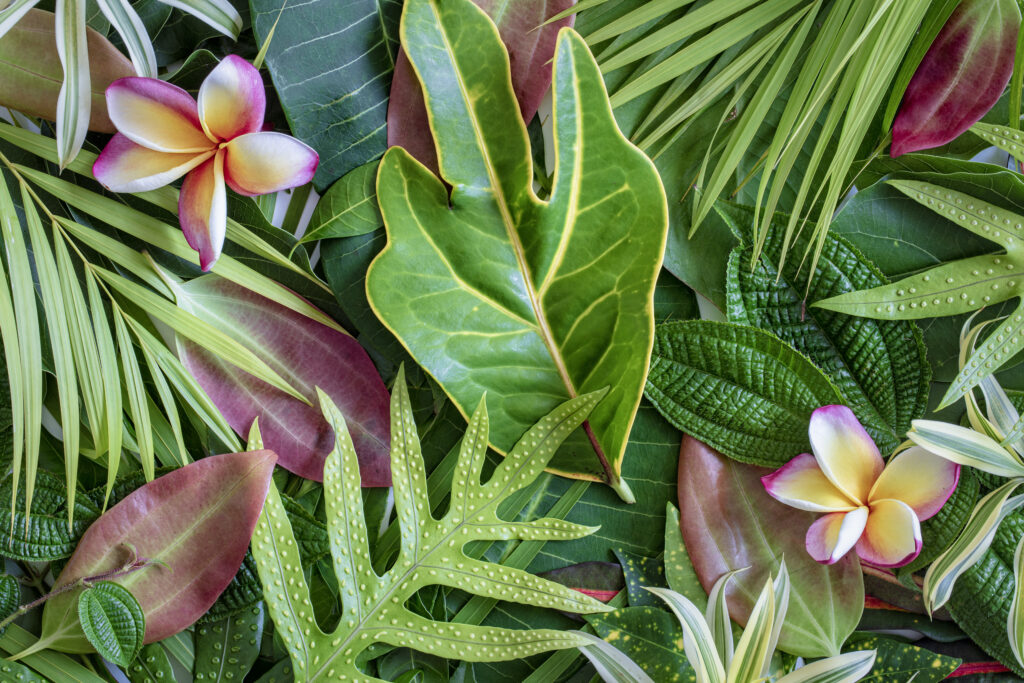Recognizing Common Tropical Plant Problems
Tropical houseplants infuse living spaces with lush foliage and sometimes eye-catching blooms. Yet even the hardiest species can face tropical plant problems like yellowing leaves, dropping foliage, or withered stems. Identifying these warning signs early is crucial to restoring health and keeping your indoor jungle thriving.
Diagnosing Yellow Leaves and Other Indicators
When leaves turn yellow, it often points to watering mishaps—either too much or too little. Overwatering leads to soggy soil, suffocating roots and causing lower leaves to yellow first. Underwatering can result in widespread leaf discoloration paired with a wilted appearance. If you suspect watering is behind the tropical plant problems, adjust your routine accordingly: thoroughly water until runoff, then let the topsoil partially dry out before the next session.
Addressing Leaf Drop in Tropical Houseplants
Sudden leaf drop can stem from environmental swings, such as drastic temperature changes or relocating plants to different humidity levels. Gradual transitions—like moving a plant closer to a window over several days—limit stress. Check for drafts from windows or air vents, as many tropical plant problems begin when leaves endure cold, dry blasts of air. Stabilizing indoor conditions fosters healthier, longer-lasting foliage.

Combating Pests that Exacerbate Tropical Plant Problems
Spider mites, mealybugs, and scale insects frequently invade tropical houseplants, puncturing foliage and triggering further complications like leaf drop or yellow blotches. Examine leaf undersides weekly and keep an eye out for tiny webs, cottony clusters, or sticky sap. Early intervention with insecticidal soap or neem oil can curb infestations before they ravage entire plants. If possible, isolate infected specimens to prevent spreading pests to your entire collection.
Ensuring Adequate Light to Prevent Yellowing
Underlit plants often exhibit pale, weak growth, making them susceptible to leaf issues. If your home lacks bright, indirect light, supplement with a grow lamp designed for tropical houseplants. On the flip side, harsh, direct sun can scorch delicate leaves, creating yellow or brown patches. Position your plants so they receive filtered lighting that aligns with each species’ preference, mitigating many common tropical plant problems.
Managing Watering and Soil Drainage
One of the main culprits behind tropical plant problems is poor drainage or overwatering. Ensure pots have functional drainage holes, and use a well-aerated soil mix containing perlite, bark chips, or coco coir. After watering, never let containers sit in stagnant water—this can lead to root rot, evident in drooping stems and yellowing leaves. Maintaining a healthy moisture balance is crucial for vibrant, trouble-free growth.
Addressing Nutrient Deficiencies or Excesses
Brown edges or odd leaf discolorations may indicate imbalances in fertilization. Overfeeding can accumulate salts in the pot, scorching roots and causing leaf tip burn. Underfeeding might yield pale foliage and stunted growth. If you suspect nutrient-related tropical plant problems, flush the pot with clean water to remove buildup, then adjust fertilizing frequency or switch to a more balanced formula.
Restoring Healthy Humidity Levels
Inadequate humidity triggers crispy edges or leaf curling in certain tropical varieties. Pebble trays, humidifiers, or grouping plants together help keep moisture in the air. Conversely, overly damp conditions without airflow may spur fungal growth, leading to spotted or wilting leaves. Striking the right humidity balance is often a matter of trial and error, but it’s a key step in addressing persistent tropical plant problems.
Developing a Long-Term Plan for Healthier Plants
Beyond immediate fixes, consider each species’ natural habitat and adapt accordingly. Does it need bright sun or moderate light? Prefers drier roots or constant moisture? By matching care routines to these preferences, many tropical plant problems become less likely to recur. Regular checkups—inspecting leaves, feeling the soil, and watching new growth—offer early warning of impending issues.
Proactive measures and attentive care form the backbone of successful tropical plant maintenance. By spotting yellow leaves, leaf drop, or pest infestations early, you can tailor interventions to halt further damage. Soon, you’ll master the art of preventing or solving tropical plant problems, ensuring your leafy companions remain a thriving, vibrant part of your living space for years to come.




